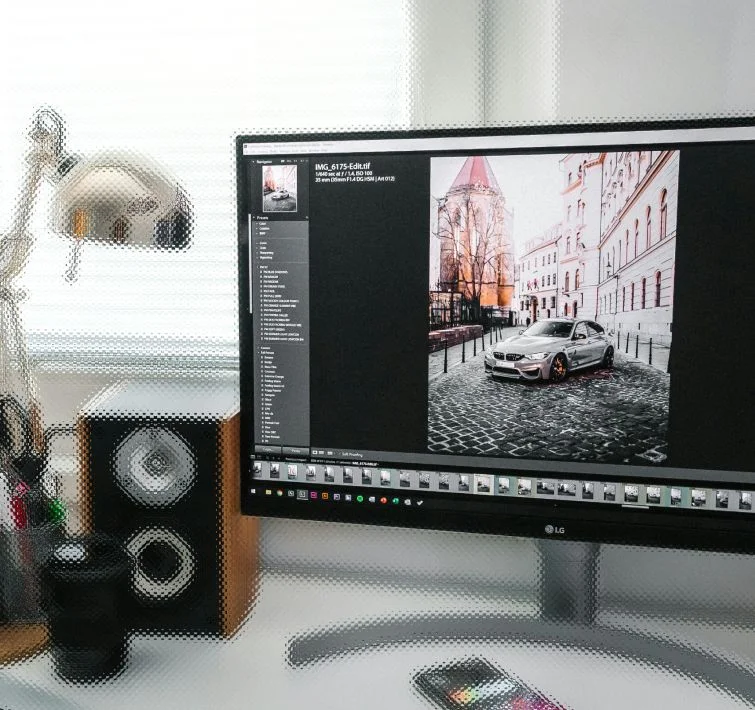Why Creative Standards Are Essential for User Experience

Written By
Setty Hopkins

Learn how adhering to creative standards from the Coalition for Better Ads can boost engagement, reduce ad blocker use, and enhance brand perception, all while improving your campaign's performance.
In ad tech, where programmatic efficiency often takes center stage, it's easy to overlook a fundamental truth: the ad creative itself is the direct point of contact with the user. And if that contact is negative, all the sophisticated targeting and bidding in the world won't save a campaign.
The core issue lies in the impact of poor ad experiences. We’ve all encountered them: the intrusive pop-up that blocks content, the auto-playing video with blaring sound, or the flashing animation that assaults the senses. These aren't minor annoyances; they actively degrade the user experience, leading to frustration, site abandonment, and, perhaps most damagingly, the widespread adoption of ad blockers. When users are consistently subjected to disruptive or misleading ads, their trust in online content—and by extension, the advertisers funding it—erodes.
Organizations like the Coalition for Better Ads (CBA) play a role in working to centralize and unify the adtech ecosystem around a common set of agreed upon creative formats that promote ad experiences that consumers prefer, thereby improving the online advertising environment for everyone. Based on extensive research, these standards reflect genuine consumer preferences.
Some common creative pitfalls that the CBA addresses:
- Intrusive Pop-Up Ads: These interrupt the user's flow, often appearing before content loads or obscuring it entirely, forcing an immediate interaction to dismiss them. This creates a barrier rather than an invitation to engage with the ad and brand.
- Auto-Playing Video Ads with Sound: The sudden onset of audio is universally disliked. It's disruptive, potentially embarrassing, and fundamentally disregards user control over their browser experience.
- High Ad Density: Pages overwhelmed by ads, where advertising content takes up a disproportionate amount of screen real estate, make it difficult for users to focus on the primary content they came for and degrade the user experience.
- Flashing Animated Ads: While meant to grab attention, excessive flashing can be jarring, visually strenuous, and even disorienting, contributing to a sense of visual clutter rather than engagement.
For agencies and advertisers, adhering to these standards isn't about stifling creativity; it's about channeling it effectively. When creatives are designed with the user experience in mind, they become less of an intrusion and more of an integrated, valuable part of the content journey. This leads to several tangible benefits:
- Improved User Engagement: Ads that are less annoying are more likely to be seen, processed, and interacted with positively.
- Reduced Ad Blocker Adoption: A better ad experience directly correlates with less user frustration, decreasing the motivation to install ad blockers, which otherwise limit advertiser reach.
- Enhanced Brand Perception: Brands associated with positive, non-intrusive ad experiences build trust and likability, strengthening their reputation with consumers.
- Better Campaign Performance: Ultimately, respectful and well-designed creatives drive higher viewability, click-through rates, and conversions because they resonate with users rather than repel them.
The investment in understanding and implementing creative standards, is an investment in the long-term viability and effectiveness of digital advertising. It’s a collective responsibility to ensure that the ad experiences we deliver are not just technically efficient, but fundamentally positive for the people we aim to reach.
Share article
Ready to get started?

